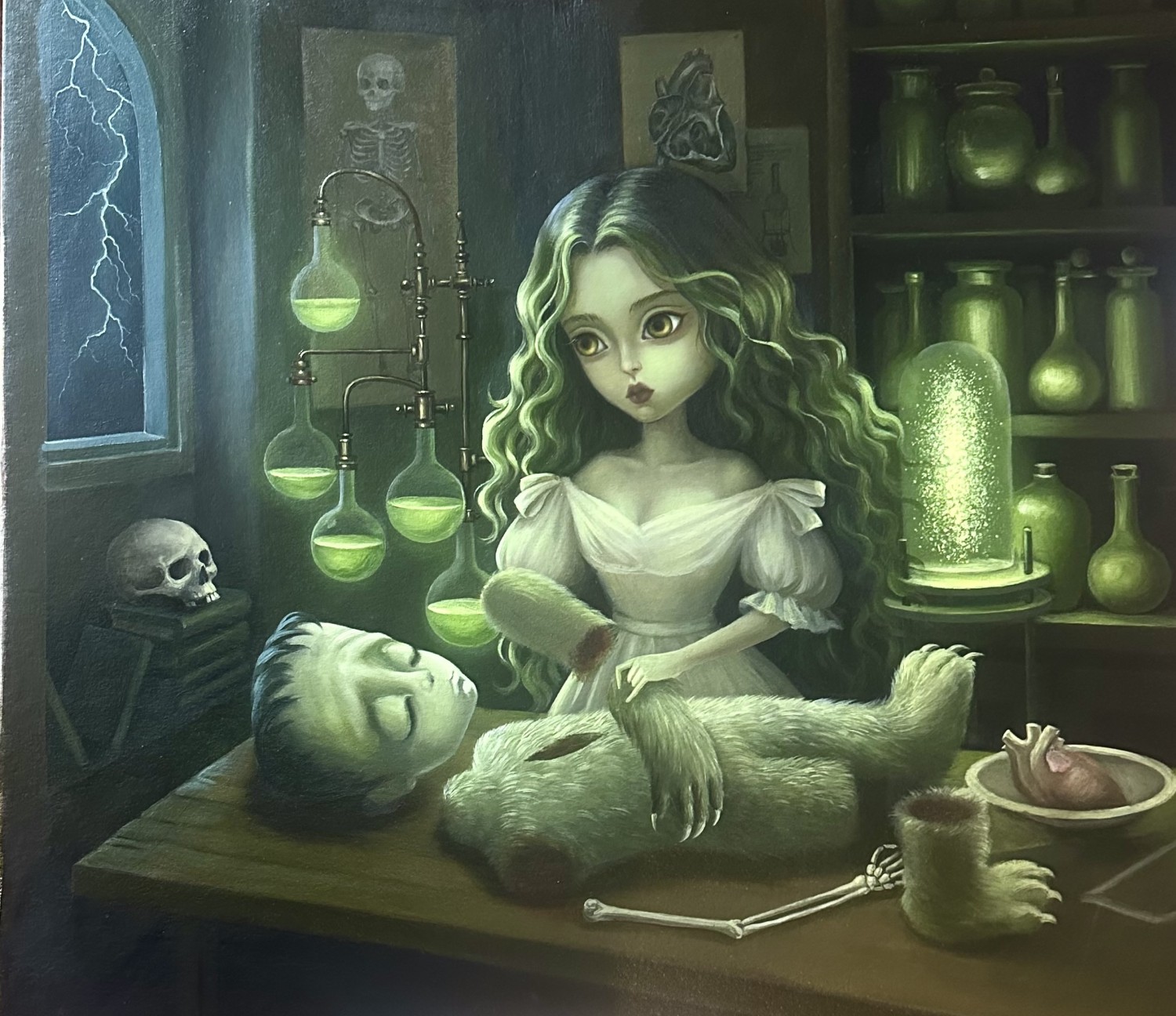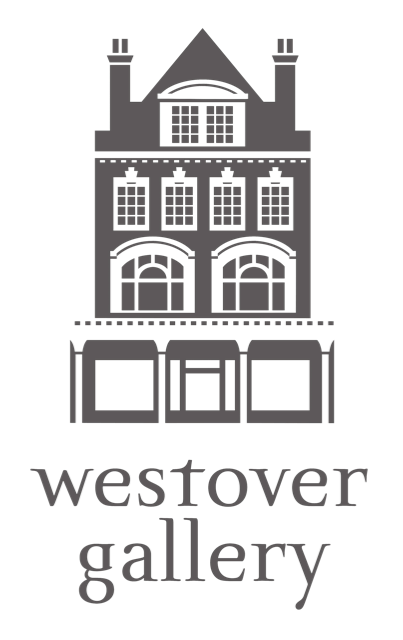

Xue Wang’s “Echo of Life” — Reawakening the Spirit of Frankenstein in Bournemouth

When Mary Shelley penned Frankenstein; or, The Modern Prometheus in 1818, she could never have imagined that more than two centuries later, her creation would still inspire artists around the world. This autumn, Shelley’s legacy comes full circle as internationally acclaimed artist Xue Wang unveils her latest UK exhibition, Echo of Life, at Westover Gallery, Bournemouth — the very town where the Gothic novelist herself is buried.
From Frankenstein to “Furankenstein” and Beyond
In Echo of Life, Xue Wang delves into the timeless themes of creation, transformation, and identity — the same questions that haunted Shelley’s original Frankenstein. One of the standout works in the exhibition, “Furankenstein”, reimagines the iconic tale through Wang’s distinct lens of surrealist pop-realism. With her porcelain-skinned figures, playful anthropomorphism, and darkly whimsical details, Wang captures the tension between innocence and monstrosity, humour and melancholy, that has always defined Shelley’s myth.
Mary Shelley’s Bournemouth Connection
The choice of Bournemouth as the setting for Echo of Life could not be more poetic. Mary Shelley, author of Frankenstein, was laid to rest in St Peter’s Churchyard, Bournemouth, in 1851. Her son, Sir Percy Shelley, and his wife, Jane Shelley, brought her here to be near their home at Boscombe Manor. Her grave also holds the remains of her revolutionary parents — Mary Wollstonecraft and William Godwin — making Bournemouth an unexpected but profound resting place for one of literature’s most visionary families.
An International Artist in Dorset
To welcome Xue Wang, whose career spans London, the USA, and Asia, to the Westover Gallery is both a cultural milestone and a privilege for the Dorset art scene. Her inclusion in Bournemouth’s artistic calendar represents a significant investment and a gesture of creative openness — a welcome in erosion, where global artistry meets the coastal heritage of Dorset.
Wang’s work resonates deeply with the local literary history: her fascination with beauty, decay, and rebirth mirrors the Romantic ideals that shaped Shelley’s world.
Echoes Between Art and Legacy
Like Shelley’s creature, Wang’s Furankenstein is assembled from fragments of memory and imagination — stitched together with compassion, wit, and curiosity. In Echo of Life, the artist doesn’t simply depict life; she reanimates it, inviting viewers to reflect on what it means to create, to change, and to endure.
In Bournemouth — where Shelley’s Frankenstein lies at rest and Wang’s Furankenstein rises anew — two creative spirits, separated by centuries, meet in dialogue.
“Echo of Life” is more than an exhibition. It’s a resurrection — of story, spirit, and the enduring pulse of art itself.

